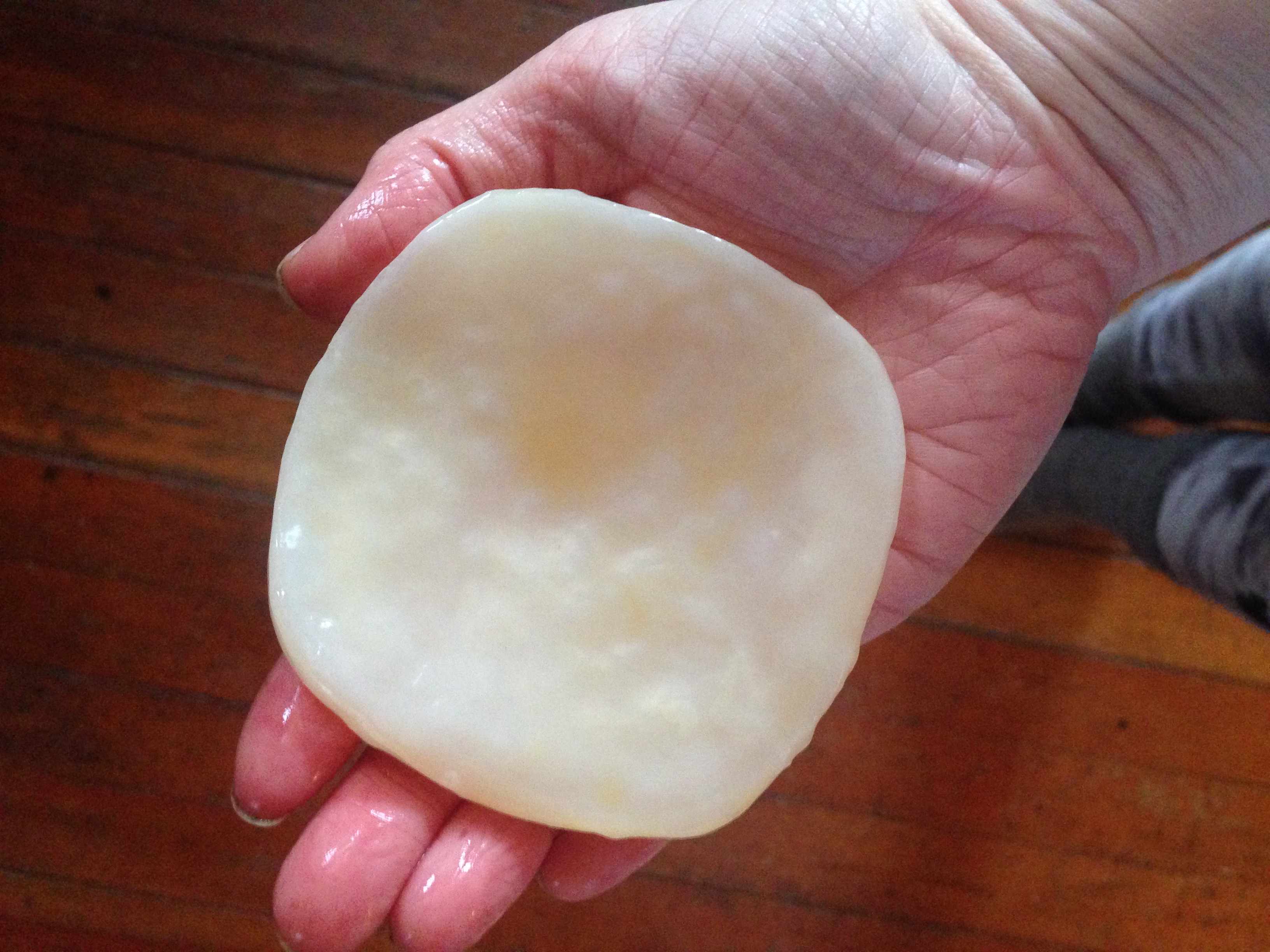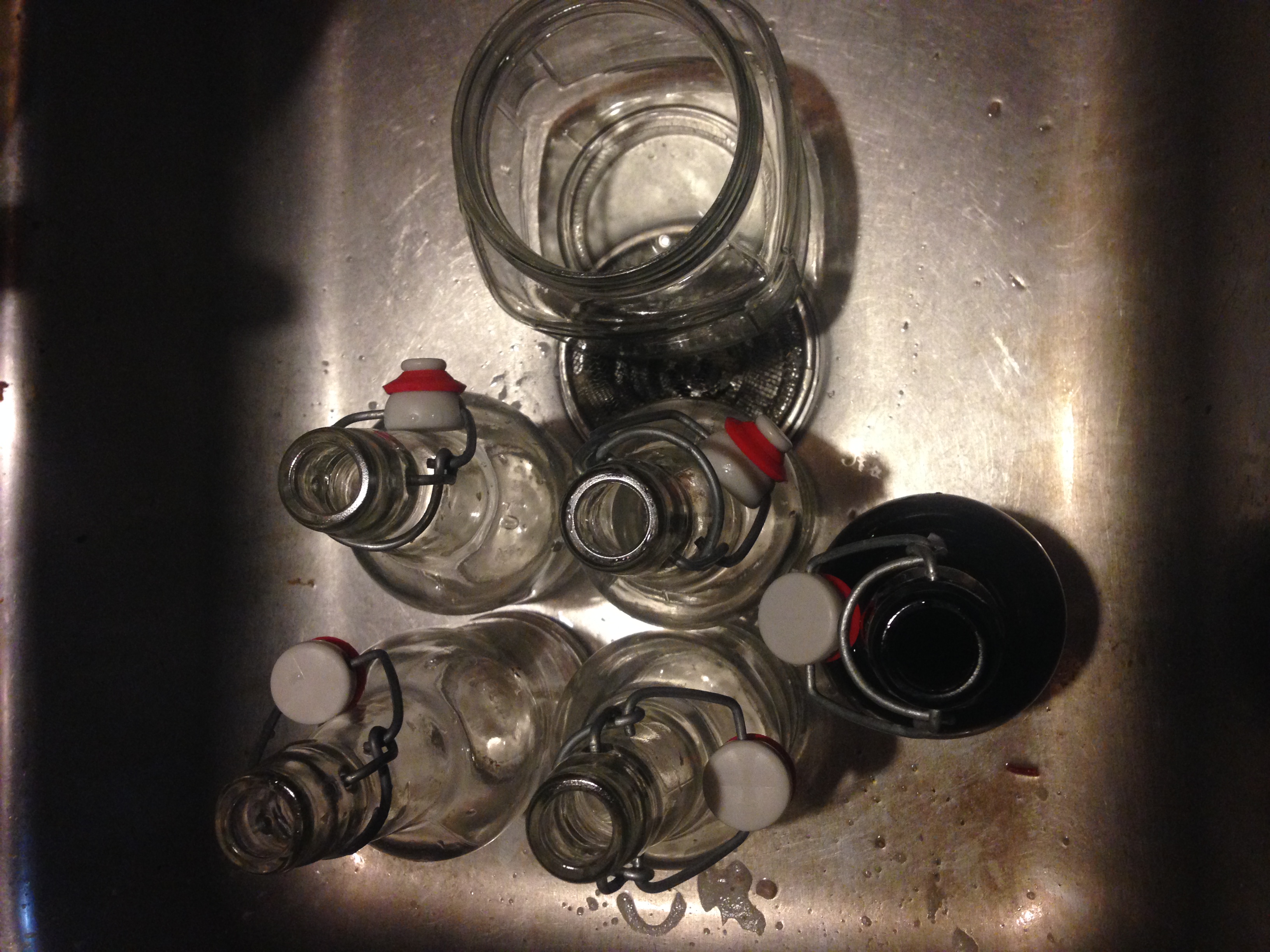Sugar. A big topic. Some would say even an emotional topic. It is an incredibly complex topic that I have A LOT to say about so buckle up. Sugar is so woven into the fabric of our diets. It effects how we feel physically, mentally, and emotionally, and most of the time we aren't even aware we are consuming it. Today I want to start small and cover the basics. Here are the top 5 ways sugar is destroying our health:
1. Raises Blood Sugar
When the body consumes sugar, whether it is a simple starch (fruit, refined flour) or complex carb (fibrous veggies, whole grains), the body breaks it all down into a type of sugar called monosaccharides (the simple sugars glucose, fructose, galactose) because those are the easiest to transport and absorb. The body then stores these glucose molecules in the liver to be used when the body needs energy. Glucose is then released into the blood stream thus creating our blood sugar level.
How much glucose we have in our blood at any given time is determined by a few things.
High blood sugar:
1. After meal time
2. From stress
3. Illness
Low blood sugar:
1. During rest
2. After exercise
3. Empty stomach
The goal is to have healthy balanced blood sugar.
Having chronically high blood sugar is dangerous because your pancreas is constantly creating the hormone insulin. Insulin is the hormone that moves glucose from the liver, into the blood stream, and to the cells. The cells then convert the glucose to energy. If your body has to produce so much insulin to match the amount of sugar coming in, the cells will begin to reject the insulin. This leads to insulin resistance, which can lead to diabetes.
2. Makes us Fat
Remember in the 80s and 90s when low fat food became all the rave? New studies were coming out testing the hypothesis that eating less fat may lead to a decline in cholesterol, heart problems, obesity, and so on. Makes sense right? Less fat=less fat? Well the government hopped on board and backed these studies, leading to fat becoming demonized in the media, and voila the low fat diet was born. (Long story very short). But as it turns out fat does not make us fat. Say what now?! When we remove fat from a product such as, lets say yogurt, we remove a lot of the flavor and satiation factor. So what do food companies replace fat with to make sure it still tastes good? SUGAR. Lots of it. And how is excess sugar stored in our bodies? AS FAT.
When we eat sugar, our liver is breaking it down into glucose and sending it to the cells t be used for energy. Once our liver runs out of storage space for all that glucose, it gets stored as fat for later use. Instinctually this is fantastic, because if there were to be a food shortage of some kind we would have this entire arsenal of stored energy waiting to be used! And that is why we are biologically engineered to binge on sugary foods. Perfect right? Maybe back in the day, when we had to forage for our meals on a daily basis, but now we are surrounded by the stuff. The average person's blood sugar is so chronically high, our body never gets a chance to burn up all that extra glucose. There is always a fresh supply coming in. Therefore eating a diet high in sugar makes it very challenging to loose weight. It may sound contradictory, but eating a diet high in healthy fats can actually help us loose weight. Fat burns slower, helps balance our blood sugar, and satiates our appetite. So the next time you are in the store and see that fat free strawberry yogurt, I dare you to turn it around and check to see how many grams of sugar it contains.
3. Inflames our Gut
Sugar also reeks havoc on our digestive system. It does this in a few ways. Too much sugar (especially refined white sugar) inflames the tract of our small intestine causing leaky gut. Leaky gut is when the small intestine lining is damaged, so undigested food and toxins leak through the intestinal walls into the blood stream. This condition can manifest itself as chronic fatigue, IBS, skin issues, allergies, and autoimmune diseases.
Sugar also damages the bacteria that exists within our gut. It tends to feed the bad bacteria (such as candida) and kill the good bacteria. If you think about it, we have more microrganisms growing in our body than cells, so we are more bug than human! You want to make sure you are feeding the right ones. As more research is being published on the micro biome, scientists are learning that gut health really is at the root of optimal wellness. A healthy gut means a healthy you.
4. Compromises our Immunity
Immunity believe it or not also starts in the gut. As mentioned above, the inflammation caused by too much sugar can kill off the good bacteria in our gut thus disrupting our body's microbial diversity (having a healthy amount of different bacteria swimming around). When this happens, our immune system goes on high alert and begins attacking the wrong things such as our bodies essential nutrients. The more our gut is inflamed, the less food is digested into the small fragments our cells rely on to be absorbed. Get this: our immune system sees these large undigested food particles as invaders to the body and begins to attack! How is the immune system supposed to function properly when it is being distracted? Sugar also inhibits our white blood cells ability to rid the body of toxins, creating an overall sick environment the body no longer has the energy to fight.
5. Messes up our hormones
I'd like to introduce you to leptin. Leptin is the hunger hormone. It let's our body know when we are hungry and when we are full. To put it simply, protein and fat trigger the leptin response in our body. This is why you can't sit down and binge on a huge plate foods high in fat and protein because they make you full fast. Remember when I said we are biologically designed to binge on sugar so we can store fat for times of scarcity? Conveniently sugar does not trigger a leptin response in the body. That s why we can eat so much of it and never feel full. And before you know it we're suffering from that belly ache 20 minutes later wondering why we just ate an entire sleeve of Oreos. It's not your will power that's in question. We are biologically wired to never know when enough is enough.
And here is where I hope to bring it all together. Sugar does not only mess with the hunger hormone leptin. Sugar also has a huge say in how much cortisol our body produces. Cortisol is our bodies stress hormone; the "fight or flight" agent. It is released in times of crisis. When cortisol is released, the body shuts down digestive function and cell reproduction to send all it's energy into the brain and muscles. That is why we feel a strong boost of energy in high pressure situations. When our body becomes insulin resistant from imbalanced blood sugar, the adrenal glands send cortisol to the pancreas as a messenger that the body needs insulin now. If you are insulin resistant, then chances are every time your blood sugar spikes you're being flooded with cortisol. And listen to this: chronically high levels of cortisol lead to a plethora of problems for the body. It causes the adrenal glands to produce less sex hormones, which creates hormone imbalance, low libido, and possible infertility. It compromises thyroid function which can lead to thyroid diseases such as Hashimoto's disease, obesity, metabolic and autoimmune disease, and adrenal fatigue. Adrenal fatigue is known to cause such symptoms as chronic fatigue, depression, anxiety, and insomnia.
Do you see now how sugar can lead to just about every common ailment of modern day society? And yet the government subsidizes farmers to grow more of the stuff in forms such as high fructose corn syrup. And then it is hidden in every packaged food we buy. It is marketed to children who become addicted at a young age. Chances are either you or someone you love has experienced one or more of these issues mentioned above. That is why it is so important to make the connection between sugar and the health of our families and to get it out of our kitchen, our pantries, and our grocery stores. Giving up sugar is not easy. It's incredibly addictive and like I said it hides everywhere. But if we can slowly start to transition to a diet filled with whole natural foods, we can kick sugar in the butt and start to reclaim our health. Please share this post if you know someone who may be dealing with one of these issues. I truly believe being informed is the first step to creating positive change!
To your health and happiness,
The Homemdae Sage
Additional Resources:
Sarah Wilson, I Quit Sugar
Fed Up 2014 movie streaming on Netflix
Check out my Hidden Sugars Cheat Sheet for some fun tips and recipes on how to replace the sugar in your diet with whole, nourishing food





